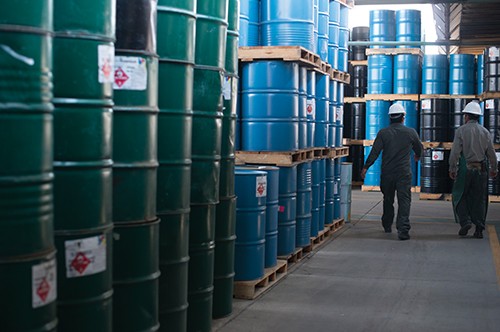
PUBLICATION
Trindad & Tobago Chemicals 2013 IHS CW Release
Located seven miles from the coast of Venezuela, Trinidad, the economic hub of the dual-island nation, is economically different from neighbouring countries. Industrialization rather than tourism has driven the country’s development. Oil resources supplied the country’s energy sector over 100 years ago, placing its wells among the oldest in the world.
Originally flared, the country’s natural gas resources were later brought into production: first for the generation of electricity, and then later, through the establishment of Federation Chemicals in 1959, for petrochemical production. Since then, production at Point Lisas, the complex responsible for launching Trinidad and Tobago to the status of the wealthiest nation in the Caribbean, has expanded.
Today, the site contains eleven ammonia and seven methanol plants; one of the world’s largest integrated nitrogen production facilities; and the operations of the Caribbean’s largest steel producer, ArcelorMittal. Annual production capacity for ammonia now stands at 5.2 million metric tons (mt) and for methanol, 6 million mt. To date, Trinidad has been the world’s largest exporter of both products. Urea production stands at slightly over 4,000 mt/d, while production capacity for urea ammonia nitrate (UAN) and nitric acid amount to 4,300 mt/d and 532,000 mt/y.













